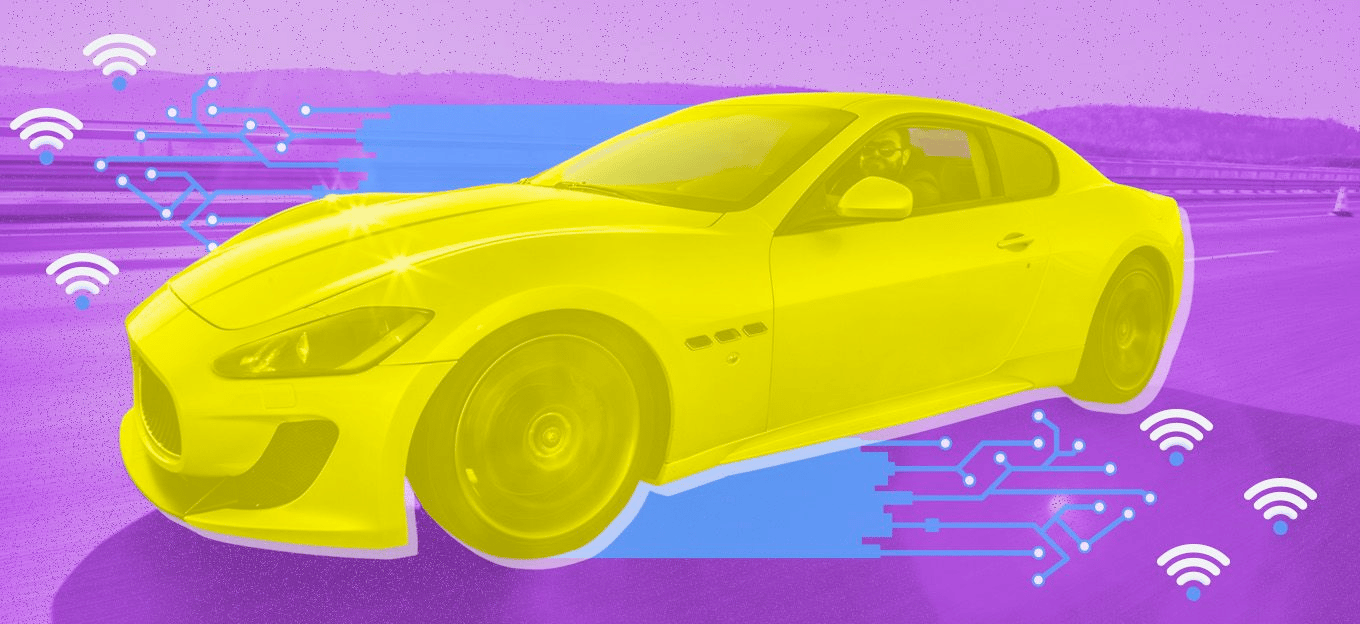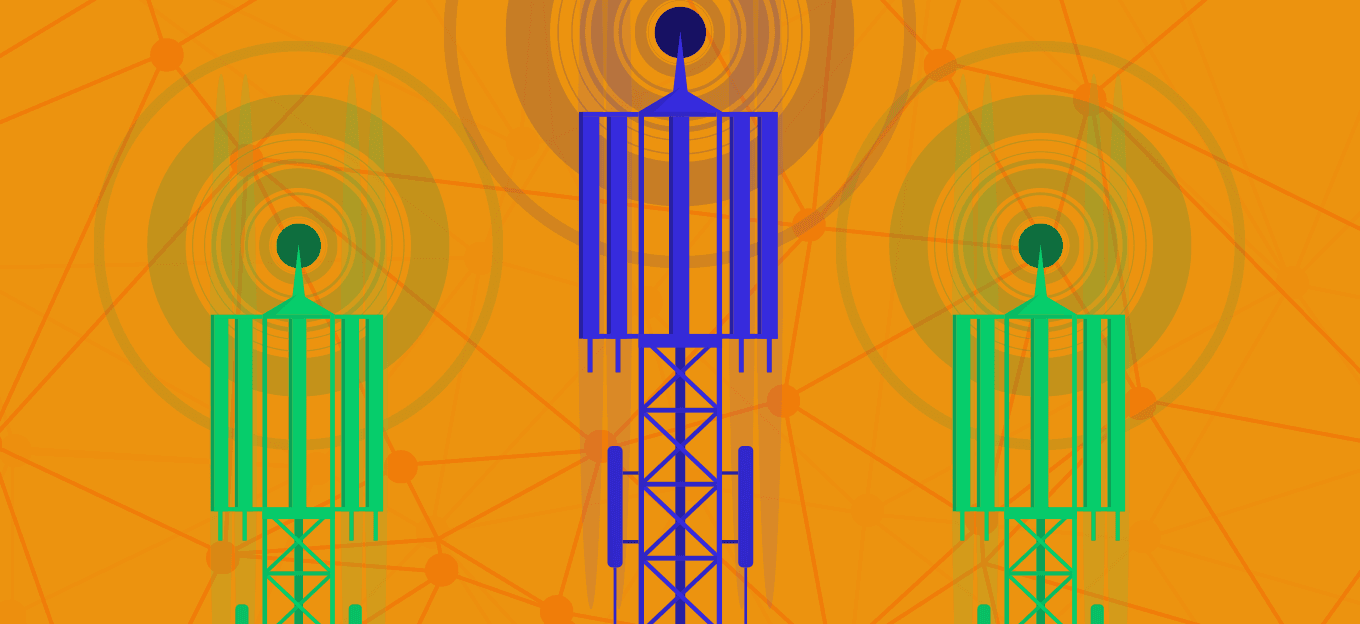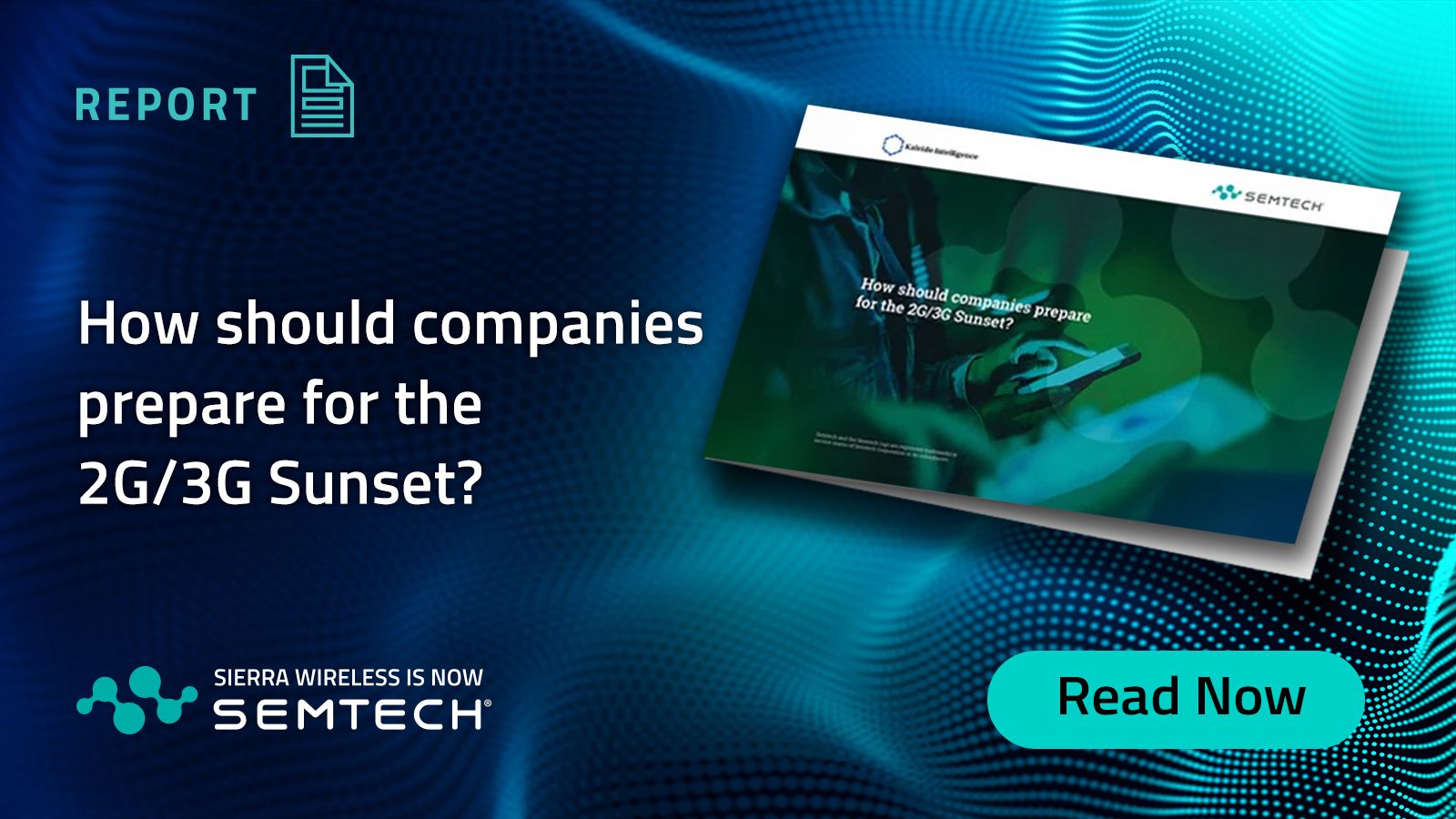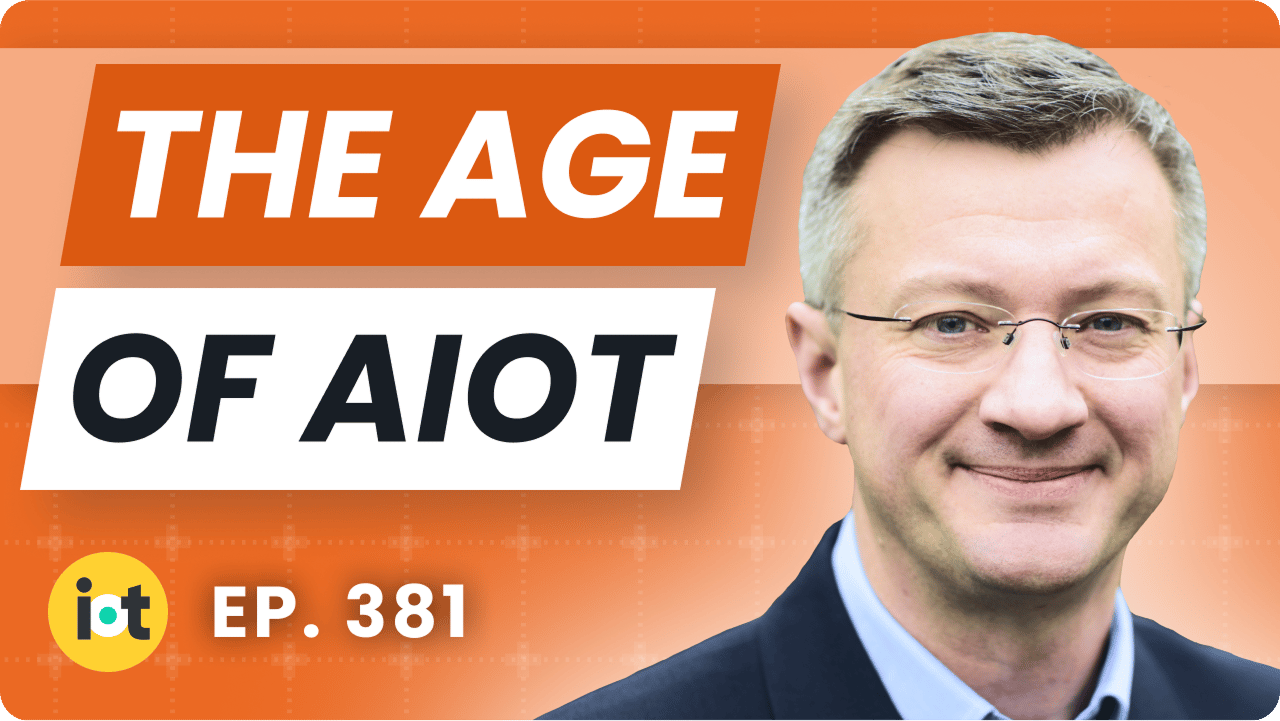- IoT For All
- Posts
- The Wearable Tech Revolution—And What’s Holding It Back
The Wearable Tech Revolution—And What’s Holding It Back
Plus our top IoT stories of the week!

Hello readers,
Welcome to the IoT For All newsletter! This week we’re talking about wearable tech in enterprise environments, the state of AIoT, and more!
The Wearable Tech Revolution—And What’s Holding It Back

As IoT infrastructure matures and AI-data processing is gaining a foothold, wearables are poised to become an increasingly essential tool, both as a safety consideration, and a data collection mechanism. Smart helmets equipped with LoRa connectivity, BLE, and AR capabilities, provide real-time hazard alerts and personnel tracking in high-risk industries like construction and oil & gas. AI-driven sensors on wearable armbands correct workers’ posture in real time, reducing injury rates by 74%. Wearables that monitor slips, strain, sound exposure, and air quality are cutting recordable injuries in half at pilot sites.
But with this surge in high-resolution health and safety data comes growing concern over privacy and data security. After several massive breaches involving fitness and health tracking data, enterprises face mounting pressure to encrypt wearable data in motion and at rest, and comply with frameworks like HIPAA and CCPA.
It’s a problem you can solve, to some extent, with medical-grade wearables and data security features tailored for clinical and enterprise use, as some companies already provide. But even when privacy is handled well, integration remains a sticking point. It can be a struggle to get wearable data into their existing systems. Interoperability is hampered by device fragmentation, particularly among Android-based wearables, and inconsistent communication protocols. There are platforms that aim to standardize the collection and make it actionable, of course, but it’s a solution that can only go so far.
Cost and scalability pose another hurdle. High-end AR smart glasses like Magic Leap or Microsoft HoloLens can exceed $3,000 per unit, and even less sophisticated smart helmets run upwards of $1,500—excluding the costs of device management and charging infrastructure. Despite these frictions, the value is undeniable. Boeing, for instance, cut wiring production time by 25% and improved accuracy to 99% after equipping technicians with AR glasses displaying live assembly instructions.
The path forward will require plenty of tech of course, but it will also require trust, transparency, and a worker-first design mindset. But for organizations willing to balance innovation with practicality, wearables offer one of the most compelling tools yet for creating safer, smarter workplaces.
📖 Top Articles
One of the most advanced digital medication systems in Scandinavia is redefining how patients and healthcare professionals interact with daily medication routines. Developed just outside Oslo, this fully integrated solution combines intuitive design, smart sensors, and seamless cellular connectivity to deliver greater safety, efficiency, and user experience.
The result: better control, fewer errors, and more time for care.
Modern vehicles are packed with technology, yet for most drivers, the experience of car maintenance remains frustratingly reactive. A warning light typically turns on, often cryptic and sometimes urgent, prompting consumers to diagnose the issue themselves or schedule a repair. While today’s vehicles contain hundreds of embedded sensors generating continuous performance data, much of that information remains untapped for everyday drivers. | In the ever-evolving world of IoT, discussions often center around cutting-edge connectivity: 5G networks, private LoRaWAN, Wi-Fi 6, or even satellite IoT. These technologies drive headlines and shape our expectations for a fully connected world. But in the background, there remains a quieter yet essential player—GSM—still enabling critical IoT operations in places where high-speed, IP-based infrastructure simply isn’t available. |
2G/3G Sunset : Voice Services and the IoT Connectivity Transition
As mobile operators sunset 2G and 3G networks—with over 100 networks already shut down worldwide and 71 more planned in EMEA alone by 2025—the IoT landscape faces a critical challenge that extends beyond data connectivity. Many IoT deployments rely on voice services for life-critical applications: elevator emergency systems, fall detection devices, push-to-talk communications, and emergency services relays.
Unlike data-only applications, voice-dependent systems require specialized migration strategies. Traditional circuit-switched voice services become unusable with 2G/3G shutdowns, necessitating a move to VoLTE (Voice over LTE) technology.
This analyst-backed report from Kaleido Intelligence explores what the global 2G/3G phaseout means for voice-enabled IoT planning, offering insights to help you maintain communication continuity while future-proofing deployments.
You’ll learn:
Where voice-critical applications are most vulnerable to 2G/3G shutdowns
How VoLTE technology enables faster, clearer voice services than legacy networks
Which LTE, 5G, and private network technologies best support voice applications
How to choose partners offering carrier-grade voice solutions for long-term reliability
If you're deploying connected equipment for emergency calls, security systems, access control, healthcare devices, this resource addresses the unique challenges your applications face.
🔥 Rapid Fire
Akenza expands global CaaS reach through Netmore LoRaWAN integration
Aeris & Bridge Alliance partnership offers the first fully integrated cellular IoT security solution in APAC
M5Stack CoreS3 Lite low-cost IoT controller features magnetic backplate and 200mAh battery
Viasat expands global IoT capabilities with IoT Nano
3G shutdown in Asia: are businesses really ready?
Why people use IoT and why sometimes they do not
🎙️ The IoT For All Podcast
In the latest episode of the IoT For All Podcast, Jim Morrish, Founding Partner at Transforma Insights, joins Ryan Chacon to discuss the state of AIoT. The conversation covers the convergence of AI and IoT, how AIoT differs from IoT and M2M, the benefits of deploying AI on IoT devices, market evolution, leading use cases, the hardware and connectivity aspects of AIoT, regulatory challenges, and what it takes to truly capitalize on AIoT.
🗓️ Events & Webinars
 | IoT Tech Expo Europe24-25 September 2025 From smart cities to connected supply chains, the opportunity to optimise operations and drive efficiency through IoT has never been more compelling. IoT Tech Expo Europe, taking place on 24–25 September 2025 at RAI Amsterdam, will deliver cutting-edge insights into real-world deployments and the strategic decisions behind them. Discover use cases you hadn’t imagined, uncover hidden risks, and gain a competitive edge by learning what’s shaping the next wave of IoT innovation. |
Build Faster, Manage Smarter with eSIM and the Single Pane of Glass AdvantageVirtual, On Demand Discover how to fast-track eSIM-enabled IoT product development using interoperable modules qualified under the Secure with Kigen promise. Learn how to move from prototype to production faster without needing in-house telecom expertise leveraging trusted module partners and connectivity Whether launching your first connected product or scaling a global IoT fleet, this webinar offers actionable insights into solving IoT fleet management challenges with the GSMA SGP.32 eSIM standard. |





